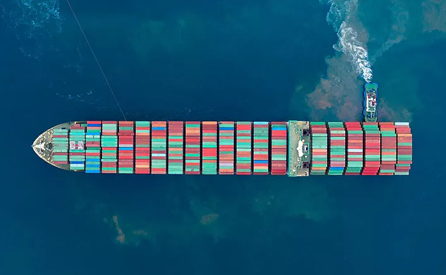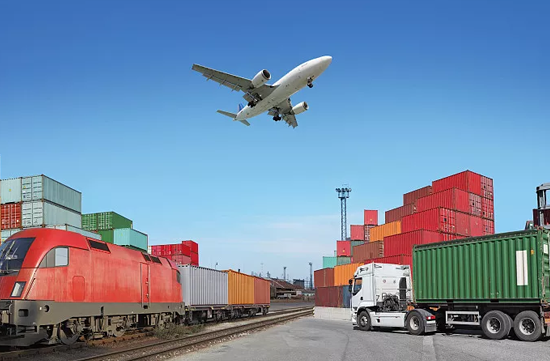
Rocket Consultation
Aggregation of cross-border logistics information
Packaging requirements and freight calculation methods for international express delivery

Packaging requirements in international transportation:
1. The packaging of the goods must be sturdy, intact, and lightweight, which can prevent the packaging from cracking, leakage, and loss during transportation.
2. The shape of the packaging should be suitable for the nature, condition, and weight of the goods, and be easy to handle, load and unload, and stack.
3. The packaging of goods and animals carried under specific conditions, such as fresh and perishable goods, should meet the specific requirements for each cargo.
4. For ultra small express goods (such as small samples), a certain volume of wooden or cardboard boxes must be added for packaging (using padding, etc.). After packaging, the total length, width, and height of the entire express goods must not be less than 40CM, and the minimum side must not be less than 5CM.
5. The advance materials inside the packaging (such as wood chips and paper scraps) should not be leaked.
If the packaging of the goods does not meet the requirements, an explanation should be made to the shipper, requiring them to modify or repackage before shipment.
Special packaging requirements for some goods:
*Pianos, ceramics, handicrafts, and other heavy or valuable items should be packed in wooden boxes.
International express freight calculation method:
1. Billable weight unit:
The international express delivery industry generally charges for every 0.5KG (0.5kg) of weight.
2. First weight and continued weight:
The delivery of international express goods shall be based on the first 0.5KG as the initial weight (or lifting), and each additional 0.5KG shall be considered as an additional weight.
The cost of lifting is usually relatively high compared to the cost of renewal.
3. Actual weight and volume:
The actual total weight of a batch of items to be transported, including packaging, is called the actual weight;
When the volume of items to be shipped is large but the actual weight is light, due to the limited carrying capacity and capacity of transportation vehicles (such as airplanes, trains, ships, cars, etc.), the method of converting the volume of items into weight is adopted to calculate the weight of freight, which is called volume weight or material volume. Items with a volume and weight greater than their actual weight are often referred to as light parabolic objects.
4. Billable weight:
According to the definition of both actual weight and volume, as well as the regulations of the International Air Freight Association, the weight charged during the transportation of goods is calculated based on the higher of the actual weight and volume weight of the entire batch of goods.
5. Packaging fee
In general, express delivery companies offer free packaging and provide packaging materials such as cardboard boxes and bubbles. However, many items such as clothing do not require particularly fine packaging, but some valuable and fragile items still require a certain packaging fee from the express delivery company. Packaging costs are generally not included in discounts.
6. General freight calculation formula:
A) When the actual weight of the item to be shipped exceeds the volume, the freight calculation method is:
First weight freight+(weight in kilograms) × 2-1) × Renewal Freight
For example, if 7KG goods are calculated based on a first weight of 20 yuan and an additional weight of 9 yuan, the total shipping cost is:
20+(7 × 2-1) * 9=137 (yuan)
B) When the actual weight of the item to be shipped is small but the volume is large, the shipping fee should be charged according to the volume standard, and then according to the above list
Calculate the total shipping cost using the formula. The formula for calculating volume is as follows:
Rule item: length (cm) × Width (cm) × Height (cm) ÷ 6000=Weight (KG)
Irregular items: maximum length (cm) × Maximum width (cm) × Maximum (cm) ÷ 6000=Weight (KG)
C) International express delivery sometimes adds fuel surcharges
For example, at this time, the fuel surcharge is 9%, and the result of formula (A) needs to be added with: shipping cost × 9%
Fuel surcharges are generally discounted together with shipping costs
7. Total cost:
Total cost=(freight+fuel surcharge) × Discount+packaging cost+other uncertain expenses





